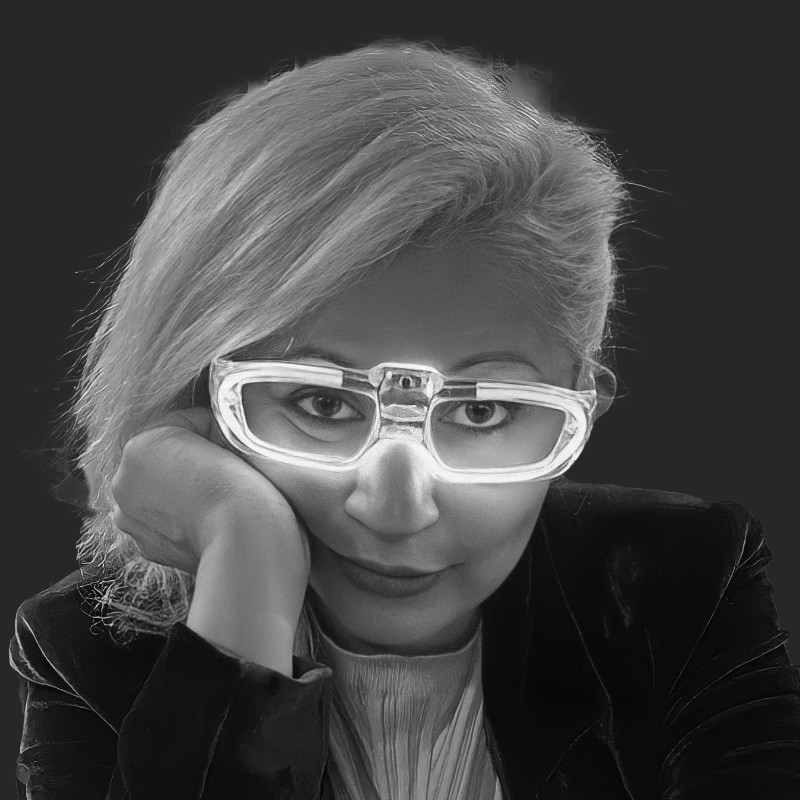“A gallery shows what was decided. A studio shows what is still undecidable.”
Purpose
The meeting aimed to explore how creative processes are exhibited, preferred working environments, museum experiences, preparation for final presentations, the role of technology in research, collaboration dynamics, challenges in data organization, participation in events, planning of exhibitions, and the interplay between artistic and technological themes.
Highlights
-
The fetish of workspaces and studios: Lina Lopes expressed a strong preference for studios over galleries, highlighting the value of spaces that reveal the creation process rather than just the final result.
-
Museum experiences: A reflection on the public’s enthusiasm for exposed worktables during a previous Museum Night event.
-
Final presentation prep: Plans are underway for a final showcase with strong visual elements, potentially transforming the blog into an artist’s book.
-
Autopsy vs. biopsy of the process: A conversation about dissecting the work post-mortem versus examining it in vivo, to improve while still in progress.
-
Technology in research: Tools like LLaMA 3 and ChatGPT are actively used in academic investigations and conceptual navigation.
-
Collaboration and communication: Emphasis on the importance of co-creation and clear dialogue between collaborators.
-
Data organization challenges: Ongoing efforts to clean and structure data for meaningful analysis in creative research.
-
Networking and event participation: Engagement in events as spaces of exchange, resonance, and potential futures.
-
Exhibition and presentation planning: Early drafts and strategies for more formal public sharing.
-
Crossing the wires of art and tech: Continued interest in weaving together artistic intuition and technological experimentation.
Recorded Meeting in Portuguese
Action Points
-
Prepare final presentation with visual storytelling
-
Clean and structure datasets for analysis
-
Attend networking and peer exchange events
-
Deepen the art-tech synthesis in ongoing projects
Final Thoughts
The session brought to light the many layers of the creative process — from spatial preferences and research methodologies to aesthetic strategy and public presentation. It reinforced a shared commitment to collaborative practice, data clarity, and porous boundaries between art and science. The conversation concluded with a sense of excitement about future experiments and gatherings throughout 2025.
If this project has a nervous system, it’s made of conversations like this—where intuition meets intention, and method meets mess. We left the table with pages half-full, timelines sketched, and the shared understanding that the real exhibition is the process itself.
 Lina Lopes
Lina Lopes 